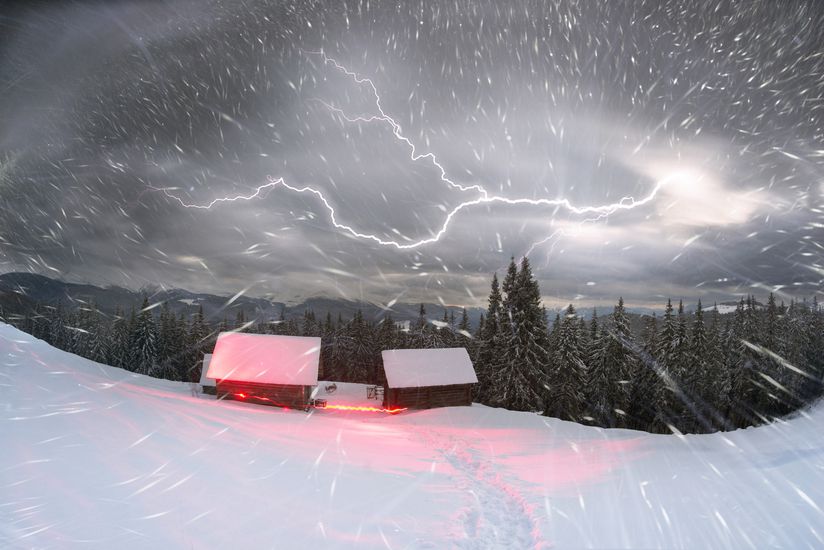Mostly Cloudy With the Occasional Whirling Column of Air and Dust
Boring weather isn't necessarily a bad thing, but the forecast doesn’t always oblige. Freaky weather isn’t only the stuff of dramatic headlines like the lightning strikes that killed three people and left one survivor in Washington, D.C., or the bomb cyclone and freezing temperatures that caused animals to fall from the trees in the most unusual precipitation to hit Florida. Weird weather can be awe-inspiring, confusing, and in some cases, downright dangerous.
Related: Human Remains, Ancient Ruins, and More Revealed by Climate Change and Drought


























